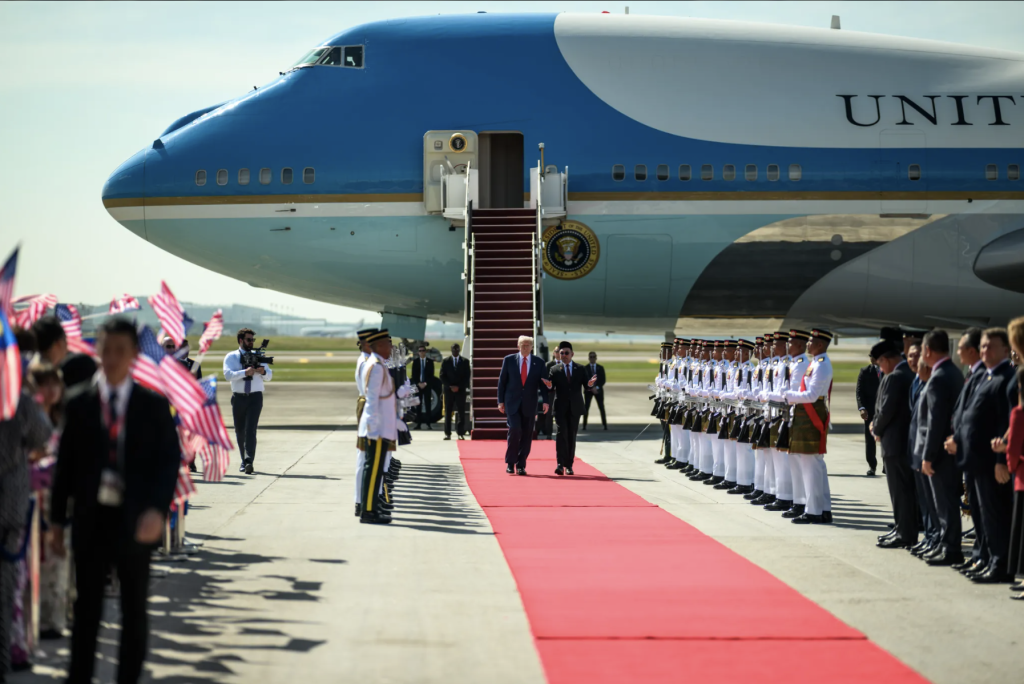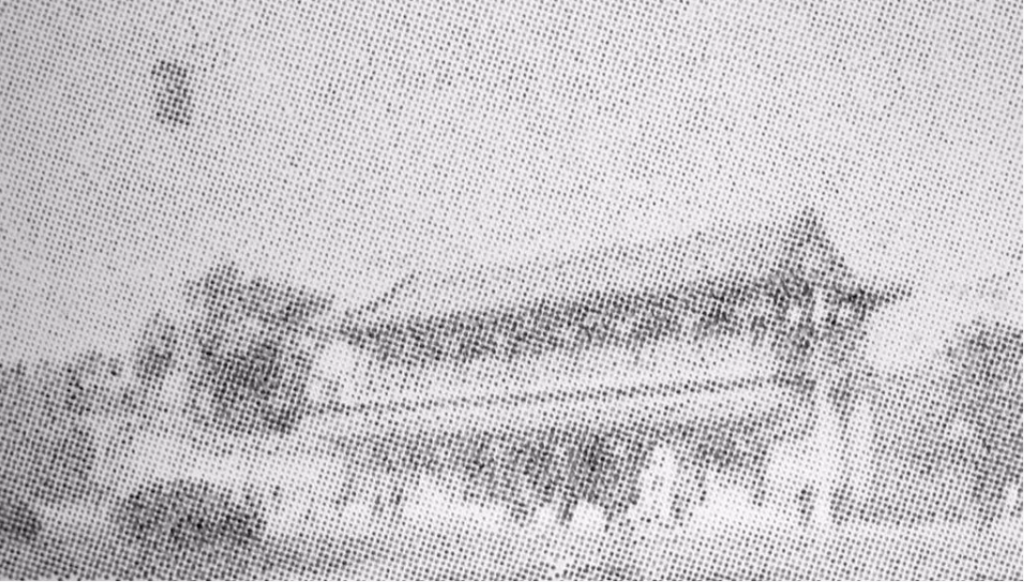America’s Two ‘Reconstructions’ — How Did the Civil Rights Movement Change the United States?
A Chinese-language discussion with Wang Xi, Professor of History at the Indiana University of Pennsylvania.

At the end of Reconstruction (1863-1877), southern blacks gradually lost their newly acquiredrights and status as equal citizens.Being denied the right to vote, placed at the bottom of economic ladder, and subject to state-imposed Jim Crow laws in civic and public life, African Americans were turned into true second-class citizens of the nation. Confronting such suppressive andchallenging environment, how did African Americans maintain their faith of regaining the rights? How did they continue to create and nurture antidiscrimination forces, ideologically and constitutionally? How did the changes of domestic and international situations help reshape the nation’s power structures and pave the way for the coming of the Civil Rights Movement? What political and legal resources did the activists ofvarious backgrounds and at different levels use and what strategies did they adopt to advance their courses? How did the legislations of the Civil Rights Movement expand the constitutional principles of the firstReconstruction and how did they affect today’s enjoyment of civil rights by American citizens? The second talk will focus on the causes, processes, and outcomes of the Civil Rights Movement in the 1950s and 1960s, with a brief discussion on how Asian Americans were related to the movement and how new challenges were posed after America’s “Rights Revolution.”
To attend, please scan the QR code on the poster.








